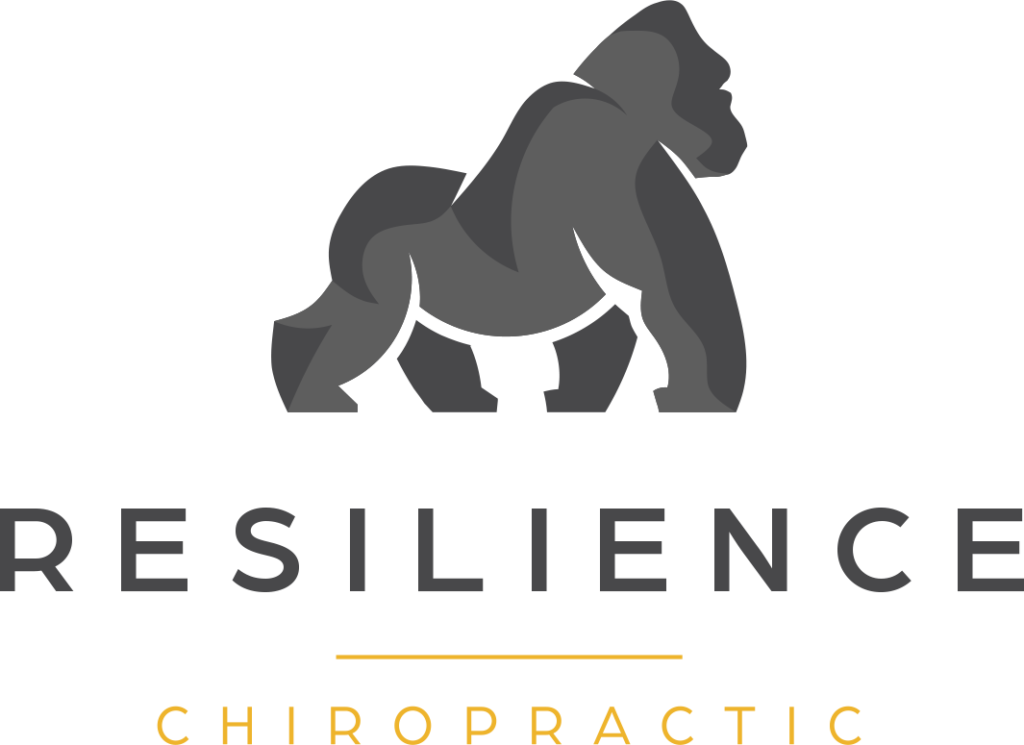When you think about how proper alignment affects your sleep quality, it's clear that maintaining a neutral spine is essential. This alignment not only reduces strain on your muscles and joints but also enhances blood circulation and nerve function. As your body relaxes, you're likely to experience fewer interruptions that could disturb your rest. But what if the right sleep position and support could take your sleep to an entirely new level? Understanding these nuances might just change how you approach your nightly routine.
Understanding Proper Alignment
When you think about getting a good night's sleep, proper alignment often gets overlooked. Many people focus on the mattress or the number of pillows, but alignment plays an essential role in how well you rest.
Proper alignment refers to keeping your spine in a neutral position while you sleep, which helps reduce stress on your muscles and joints.
To achieve this, consider your sleeping position. If you're a back sleeper, a medium-firm mattress offers the right support for your spine's natural curve. A pillow that supports your neck without pushing your head forward is vital.
Side sleepers should choose a thicker pillow to fill the space between their head and the mattress, maintaining alignment from head to toe. Opting for a mattress that cradles your hips and shoulders can also help prevent discomfort.
If you sleep on your stomach, which can be tricky for alignment, use a very thin pillow or none at all to keep your spine straight. The goal is to avoid any twists or unnatural bends that might lead to pain or restlessness throughout the night.
Effects on Spinal Health
Proper alignment during sleep directly influences your spinal health. When you sleep in a position that supports your spine's natural curvature, you reduce the risk of pain and discomfort. Misalignment can lead to a host of issues, including chronic pain and stiffness, which can disrupt your daily activities.
Ensuring proper alignment can provide several benefits, including:
- Reduced Pressure on Discs: Maintaining alignment helps distribute weight evenly across your spine, reducing pressure on intervertebral discs and minimizing the risk of herniation.
- Decreased Muscle Strain: Proper positioning allows your muscles to relax fully, preventing excessive tension and strain that can lead to soreness.
- Improved Nerve Function: When your spine is aligned, there's less chance of nerve compression, which can cause numbness or tingling in your extremities.
- Enhanced Blood Flow: Proper alignment promotes better circulation, ensuring that your spinal tissues receive the nutrients and oxygen they need for ideal health.
Choosing the right mattress and pillow that supports your specific sleeping position can greatly contribute to spinal alignment.
Whether you're a side sleeper, back sleeper, or stomach sleeper, finding the right support is essential. By prioritizing proper alignment during sleep, you not only improve your spinal health but also enhance your overall well-being.
Muscle Relaxation and Recovery
Achieving muscle relaxation during sleep is vital for recovery and overall health. When your body is properly aligned, it allows your muscles to unwind, reducing tension and promoting restorative processes. This relaxation helps improve blood circulation, ensuring that oxygen and nutrients reach your muscles efficiently, which is essential for repair and recovery.
If you often wake up feeling stiff or sore, it could be a sign that your muscles aren't getting the rest they need. Proper alignment during sleep supports the natural curves of your spine, which can alleviate pressure on your muscles and joints. When your body is in a neutral position, your muscles can relax fully, allowing for deeper sleep cycles where recovery takes place.
In contrast, poor alignment can lead to muscle strain, tightness, and discomfort. You might find yourself tossing and turning, preventing your body from entering restorative sleep phases. By focusing on proper alignment, you can enhance muscle relaxation and, in turn, improve your recovery process.
Additionally, adequate muscle relaxation during sleep can reduce the risk of injuries. When your muscles are well-rested and functioning efficiently, you're less likely to experience strains or sprains in your daily activities.
Impact on Breathing
Muscle relaxation during sleep not only aids recovery but also considerably impacts your breathing. When your body is properly aligned, your airways remain open, making it easier for you to breathe deeply and steadily throughout the night. This ideal alignment lets your diaphragm function effectively, allowing for efficient oxygen exchange.
If you're not in the right position, though, your breathing can become shallow or even restricted, leading to disrupted sleep and a less restorative experience.
Here are some key reasons why proper alignment enhances your breathing during sleep:
- Open Airways: Proper alignment reduces pressure on the throat, keeping your airways unobstructed.
- Increased Oxygen Intake: When your body is aligned, you can take deeper breaths, maximizing oxygen flow.
- Reduced Snoring: Good alignment can minimize vibrations in the throat, which often lead to snoring.
- Better Sleep Quality: With easier breathing, you'll likely experience more uninterrupted sleep cycles, improving overall rest.
When you're aware of how your position affects your breathing, you can make conscious adjustments to enhance your sleep quality.
Remember, the goal is to promote relaxation, which directly impacts your ability to breathe well. Prioritizing proper alignment during sleep not only supports your body's recovery but also guarantees that you wake up feeling refreshed and energized.
Choosing the Right Sleep Position
Your sleep position plays an essential role in determining how well you rest each night. If you're looking to improve your sleep quality, it's vital to find the right position that supports your body's alignment. Different positions can affect your spine, neck, and overall comfort, so let's explore what might work best for you.
If you're a back sleeper, using a supportive pillow can help maintain the natural curvature of your neck and spine. However, if you find this position leads to snoring or discomfort, you might want to switch to your side. Side sleeping, especially on your left side, can promote better digestion and alleviate pressure on your organs. Just make sure your pillow is adequate enough to keep your head aligned with your spine.
For stomach sleepers, this position can be tricky. It often leads to neck strain since you have to turn your head for breathing. If you can't shake this habit, try using a flatter pillow or none at all. This may help reduce tension in your neck and back.
Ultimately, the best sleep position is one that feels comfortable for you while maintaining proper alignment. Experiment with different positions and pay attention to how your body responds.
Quality sleep doesn't just rely on the amount of rest you get, but also on how well your body is supported during the night. With the right position, you can enhance your overall sleep experience and wake up feeling refreshed.
Conclusion
In summary, prioritizing proper alignment during sleep is essential for your overall well-being. By keeping your spine in a neutral position, you enhance spinal health, promote muscle relaxation, and improve breathing. This leads to better blood circulation and a deeper, more restful sleep. Whether you're choosing a specific sleep position or selecting the right mattress and pillow, making these adjustments can transform your sleep experience and help you wake up revitalized and ready for the day.



